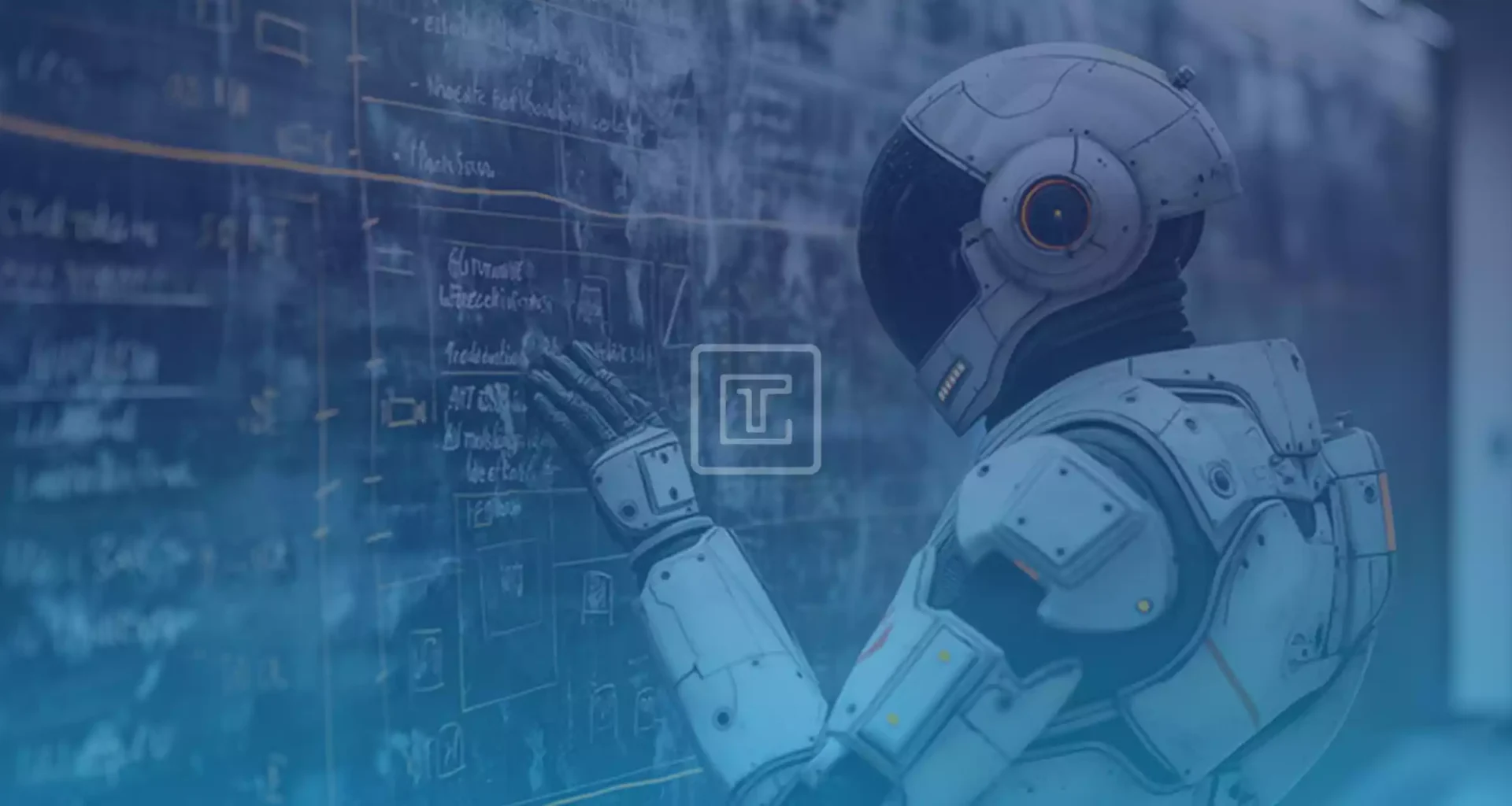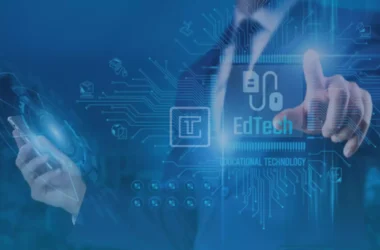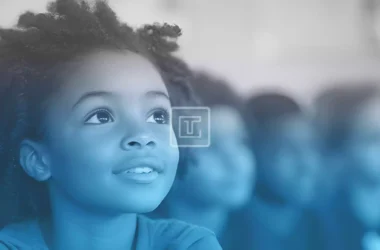The tools we use to teach and learn have come a long way from the days of chalkboards, textbooks, and handwritten notes. As technology continues to advance, the landscape of education has dramatically transformed, ushering in a new era of digital learning. Today, classrooms are not just filled with pens, papers, and projectors but are increasingly populated with AI-driven tools, chatbots, virtual classrooms, and learning management systems. This evolution marks a shift from traditional teaching methods to more dynamic, personalized, and interactive learning experiences.
In this article, we explore the journey from chalkboards to chatbots, examining how educational tools have evolved and the role emerging technologies, like artificial intelligence (AI), are playing in reshaping education for both teachers and students.
The Traditional Classroom: The Era of Chalkboards and Textbooks
For centuries, education was delivered through traditional tools that are now seen as the foundation of modern teaching. The chalkboard, with its simple design and versatility, was the centerpiece of most classrooms. Teachers would write lessons, equations, and notes on the board, and students would copy the information into their notebooks. Textbooks supplemented this process, offering students the content necessary to understand various subjects.
While these tools were effective in fostering learning, they had their limitations. The one-size-fits-all approach to teaching often overlooked the diverse needs of students, and the pace of learning was generally uniform across the classroom. There was limited interaction between students and the content beyond passive reading and listening, and assessment methods were primarily based on periodic exams rather than continuous feedback.
Despite these challenges, the traditional classroom served its purpose for many years, but as the world became more digital, the need for more advanced, engaging, and personalized learning tools grew.
The Digital Transformation: From Projectors to Learning Management Systems
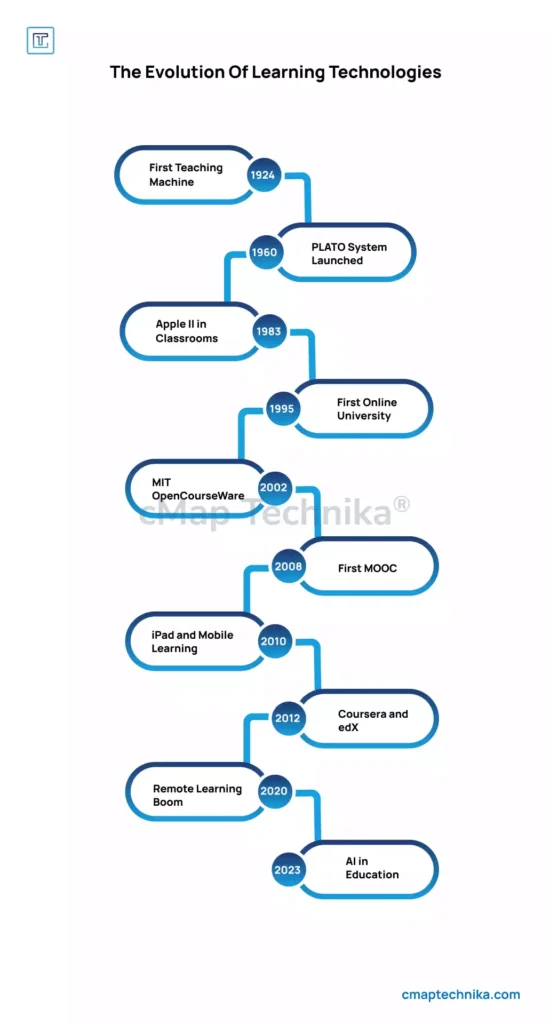
The late 20th and early 21st centuries saw the first wave of digital tools in education. Schools and universities began incorporating projectors, computers, and the internet into classrooms. These technologies allowed for more dynamic presentations, the sharing of multimedia content, and access to vast online resources. The introduction of computers revolutionized education by giving students the ability to conduct research online, complete assignments digitally, and engage with interactive educational software.
At the same time, learning management systems (LMS) emerged, offering centralized platforms for course materials, assignments, grades, and communication between teachers and students. Platforms like Moodle, Blackboard, and Canvas paved the way for blended learning, where in-person instruction was complemented by online resources and activities. With these tools, students could access their coursework at any time, and teachers could track their progress more effectively.
While these digital advancements improved the educational experience, they still relied on traditional teaching methods. Students were still often recipients of information rather than active participants in their learning process, and the digital tools were largely used as supplements to the existing framework rather than transformative forces on their own.
Enter AI and Chatbots: The Next Frontier in Education
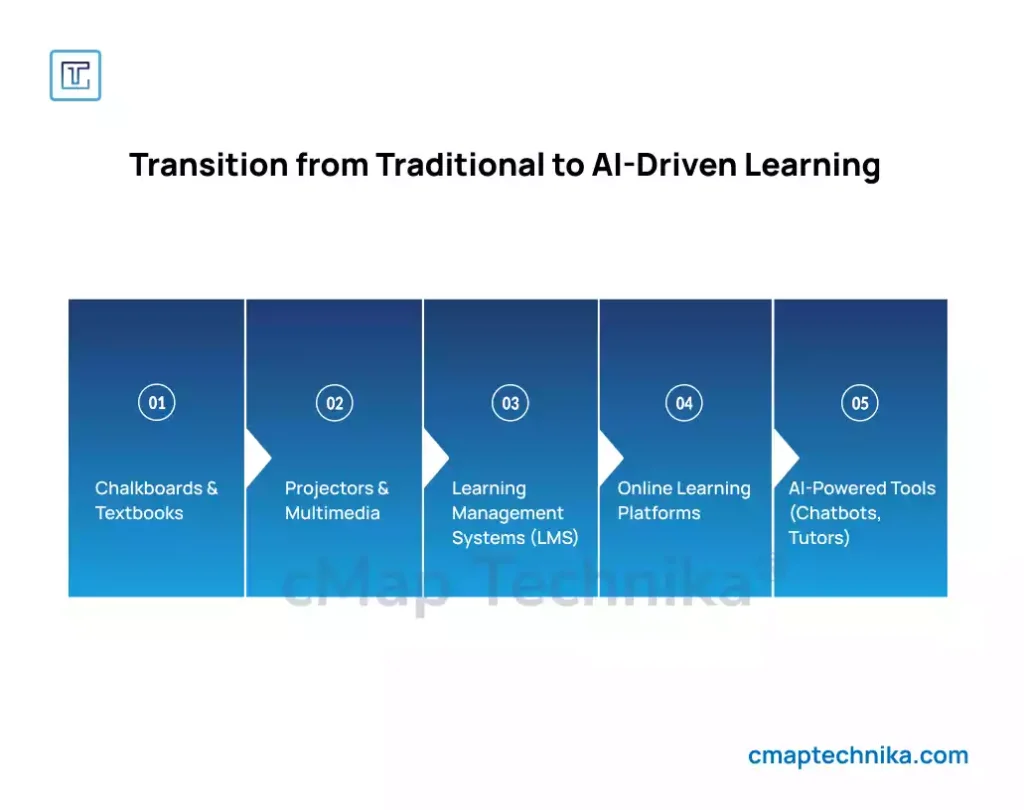
As artificial intelligence (AI) became more sophisticated, its potential for revolutionizing education became evident. AI-driven tools began to enter the classroom, offering personalized learning experiences and transforming the role of teachers and students. One of the most exciting developments in this field is the use of chatbots in education.
Chatbots, powered by AI, are transforming the way students interact with educational content. These intelligent bots can answer questions, guide students through learning modules, provide feedback on assignments, and even simulate real-world conversations for language learners. The integration of chatbots into educational platforms allows students to receive instant support, improving their engagement and overall learning experience.
For instance, platforms like Duolingo, which uses chatbots to help users learn new languages, have become immensely popular. By simulating real conversations, the chatbot offers instant corrections and encouragement, keeping students motivated and helping them to learn at their own pace. Similarly, AI-powered tutoring systems are able to provide personalized help to students, adapting to their learning style, pace, and difficulty level.
Beyond chatbots, AI is making strides in other aspects of education. Adaptive learning technologies, which use algorithms to adjust the content and difficulty based on a student’s progress, are helping educators provide customized learning experiences for each student. These tools analyze student data and use insights to suggest personalized learning paths, ensuring that no one is left behind or held back. This is especially important in a world where every student has unique learning needs, and the traditional, one-size-fits-all approach is no longer sufficient.
AI-Driven Tools in the Classroom: Enhancing Teaching and Learning
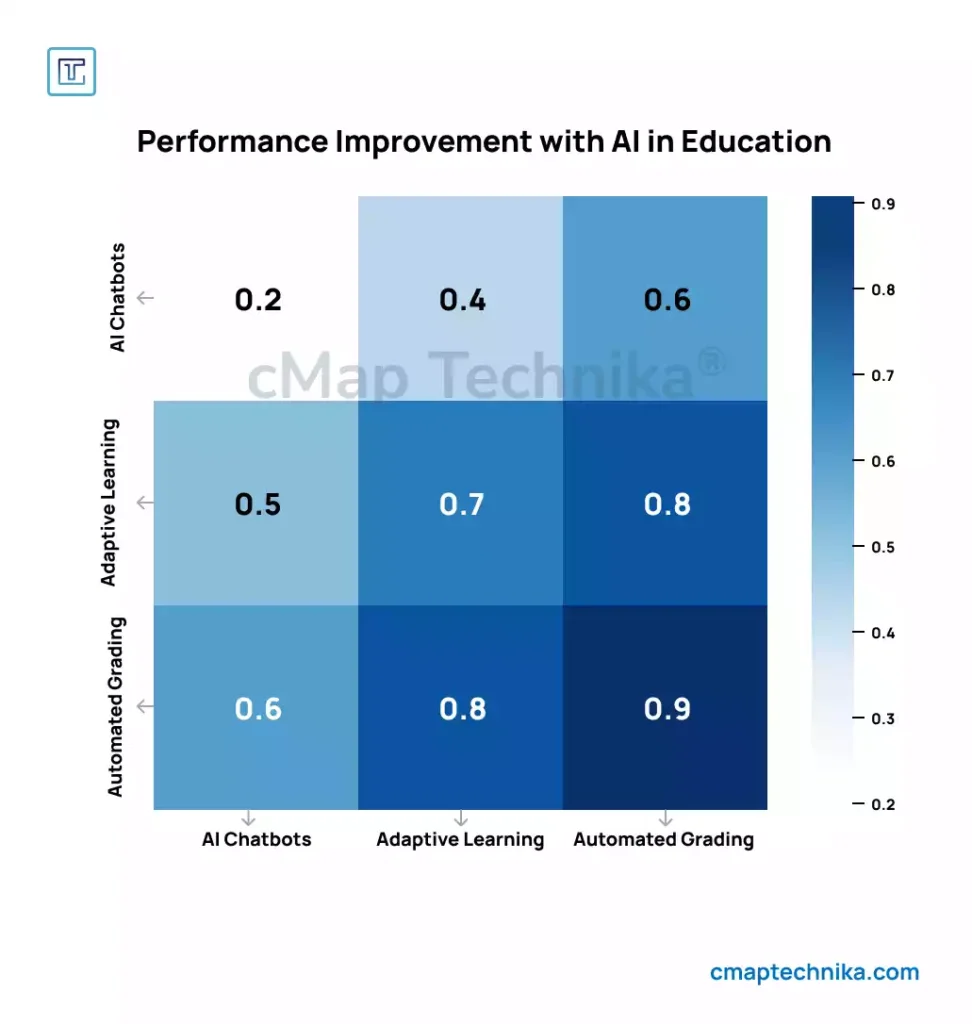
AI-driven tools are not just benefiting students—they are also changing how teachers deliver content and assess student performance. Smart classroom technologies, such as AI-enabled grading systems, virtual assistants, and automated feedback tools, are taking over repetitive tasks, giving educators more time to focus on fostering creativity and critical thinking in their students.
For example, AI systems can automatically grade multiple-choice exams, essays, and assignments, providing teachers with valuable insights into a student’s strengths and areas for improvement. This not only saves time but also ensures that grading is consistent and objective. Additionally, virtual assistants powered by AI can help teachers manage classroom logistics, track student attendance, and even suggest personalized teaching strategies based on student performance.
Another important aspect of AI in education is its role in creating inclusive learning environments. AI tools can help students with disabilities by offering adaptive technologies such as speech-to-text, text-to-speech, and visual aids. These technologies can level the playing field for students with various learning challenges, ensuring they have equal access to educational opportunities.
The Future of Educational Tools: A Glimpse Ahead
The evolution from chalkboards to chatbots is just the beginning. As AI continues to advance, the role of technology in education will only deepen, offering new possibilities for how we teach and learn. In the near future, we may see the integration of virtual reality (VR) and augmented reality (AR) in classrooms, offering immersive learning experiences that were once confined to science fiction.
Imagine students learning about history by virtually visiting ancient civilizations, or biology students exploring the inner workings of the human body in 3D. These technologies could revolutionize how we engage with complex subjects, making learning more interactive and engaging than ever before.
Moreover, AI will likely continue to improve its ability to personalize learning. As data collection and analysis become more sophisticated, educational tools will be able to provide even more accurate insights into student progress, helping educators make real-time adjustments to their teaching strategies. This will further enhance the learning experience, ensuring that every student receives the support they need to succeed.
Conclusion
The transition from chalkboards to chatbots marks a significant shift in the way we approach education. As technology continues to evolve, educational tools are becoming more dynamic, personalized, and interactive, helping students and teachers navigate the complexities of the digital age. From AI-powered chatbots that provide instant support to adaptive learning systems that cater to individual needs, these technologies are reshaping the classroom in profound ways. The future of education is digital, and the role of technology in shaping that future is only going to grow, offering exciting new opportunities to enhance learning experiences and prepare students for success in an ever-changing world.



